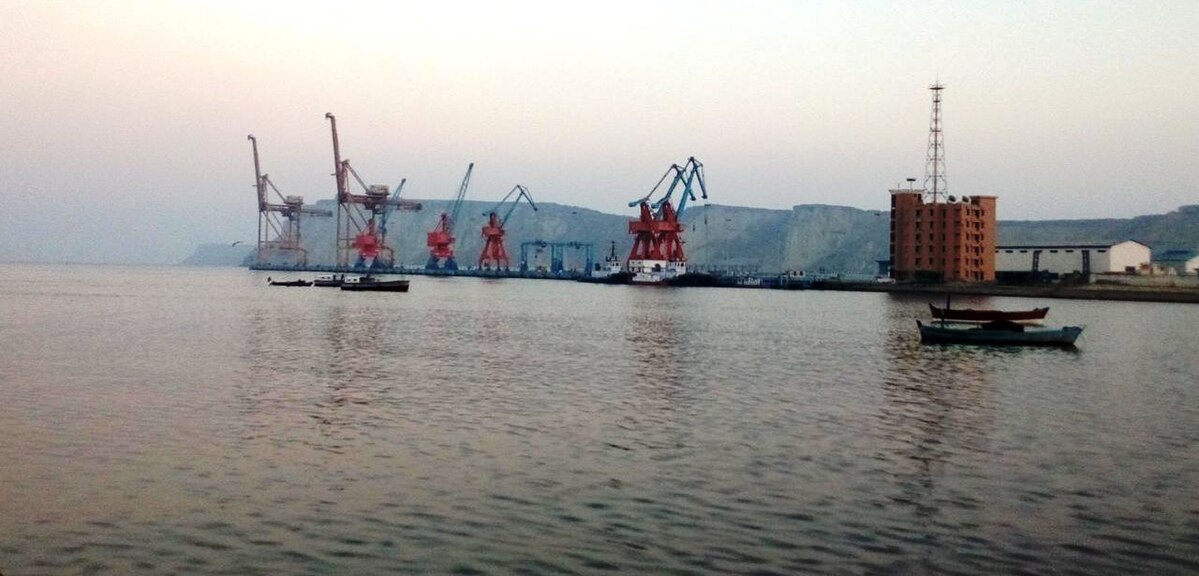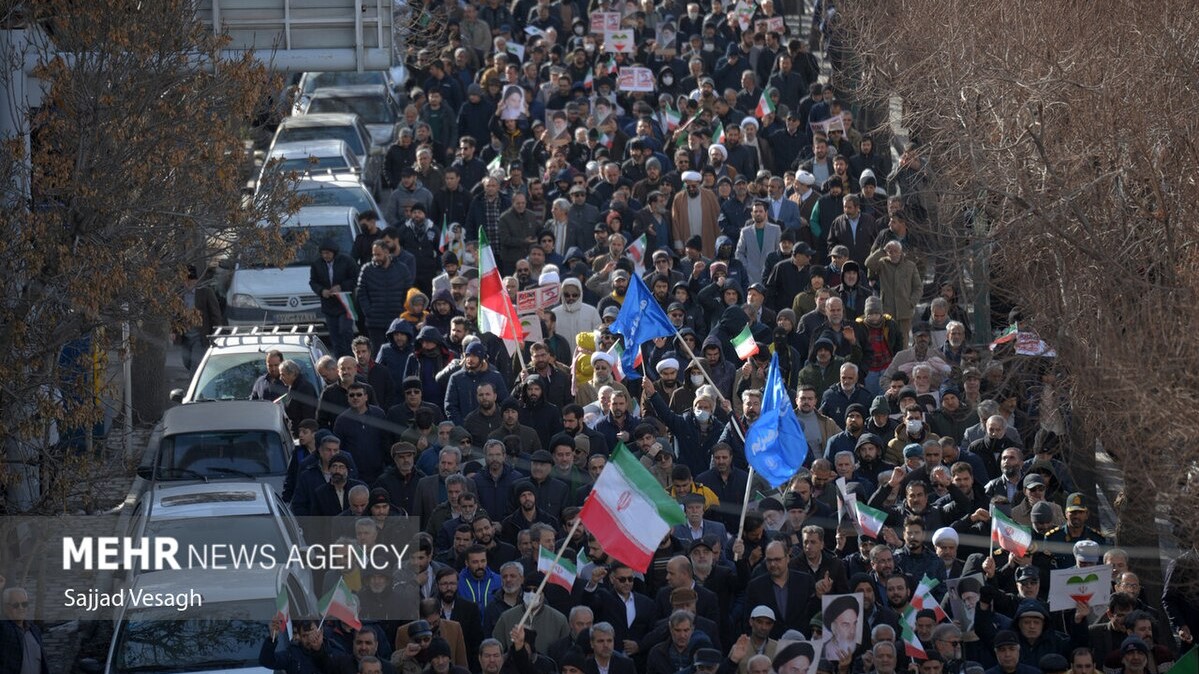“Our friendship is as deep as the sea and as high as the mountains”, was the often repeated solemn slogan at Pakistan–China diplomatic meetings at the turn of the millennium. Indeed, while the two societies could hardly be more different, Beijing and Islamabad have enjoyed decades of growing cooperation, which the two sides have come to celebrate as a special friendship. But is it really true that relations between the two Asian powers are as smooth and prosperous as their diplomats are wont to suggest? The question is rhetorical, of course, and the answer no. But today neither of them has any better option than to put their faith in the friendship between themselves.
Three Goals
In South Asia, three things matter for China today: first, the possibility of gaining a broader presence and asserting its interests in the Indian Ocean; second, countering India's power-building; and, third, combating extremist movements organized on an Islamic ideological basis, and in a way that does not stigmatise it as Islamophobic. Pakistan is a neighbouring country that has proved to be very useful in the terms of all three goals. However, while there is a broad agreement on the policy of containing India, problems loom large in the economic and internal security dimensions.

CPEC road in the Khunjerab Pass
High-flying and Trapping
Recall: high hopes had been attached to the Chinese Belt and Road Initiative (BRI) in Pakistan in particular. So much so that for a long time, even the suggestion that some of the infrastructure projects might be too ambitious and not necessarily profitable, and that they might even put the country in the debt trap of China, were brushed off (especially by the military). Pakistan eventually became part of the BRI with the China–Pakistan Economic Corridor (CPEC) infrastructure development plan, and several retired and active top-brass military leaders found themselves in well-paying jobs in project management. The CPEC itself would strengthen the flow of goods between the Arabian Sea and Chinese territory, bypassing India via Pakistan, and is thus clearly in China's interest, even if it cannot replace the Asian giant's entire trade through the Strait of Malacca, which is considered strategically vulnerable.
The Poorest Region
The province of Balochistan, which had originally been intended to be the backbone of the Port of Gwadar and one of the designated development zones of the China–Pakistan Economic Corridor, turned out to be the poorest province in the country. Moreover, armed separatists (led by the Balochistan Liberation Army) have explicitly targeted Chinese interests and individuals, claiming that they represent a form of foreign influence and occupation. The Pakistani government is naturally keen to protect the Chinese. Nevertheless, the volatile security situation and the general underdevelopment of Baluchistan have cast serious doubts on the rationality of investment in it. Thus, much of the development is taking place in the already relatively richer Sindhi and Punjabi areas of the South Asian country, further widening the divide between the groups that make up Pakistani society, separating them into winners and losers of the Chinese tie (or at least those left out it). Moreover, despite the strategic advantages it has gained, the Chinese side is bent on making money, but its return on investment in Pakistan is hampered by factors such as general corruption, energy shortages, and the uncertainties arising from the economic and political crisis, which it is increasingly unwilling to tolerate. Governing a state that has fallen seriously behind its regional competitors economically over the last thirty years, Islamabad cannot afford to lose Chinese investors because it is far from certain that it will find others in their stead.
Islamist Terror
Not independent of the CPEC’s implementation problems, security cooperation against Islamic-based terrorism lacks success stories. Since the mid-2000s, extremist groups regarding China as a hostile force in Pakistani society have become increasingly visible, even if their aversion to the United States has been more prominent. A key moment in the emergence of the Taliban movement in Pakistan was the violent crushing of the Taliban movement based in the Red Mosque in Islamabad in 2007. Chinese diplomatic pressure was suspected to have been behind the siege of the complex, after members of the movement demanding a Taliban-style political transformation had taken Chinese nationals hostage (masseurs, hospital nurses) accused of occupations incompatible with Islamic law.

The Red Mosque in Islamabad
In addition, several Uyghur extremist leaders were caught and eliminated in Pakistani territory, reinforcing Chinese fears of support for Uyghur separatists from the Afghanistan-Pakistan region. It is unlikely, of course, that the government in Islamabad has supported Uyghur separatism or terrorist activity, but there has been repeated Chinese concern about it. Throughout the 2000s, rarely was there a Pakistan–China summit without the joint fight against terrorism, separatism, and extremism being tabled.
Against Chinese Interests
One of the consequences of the US withdrawal from Afghanistan in 2021 has been to put the former number one enemy of Muslim extremist groups in the region “out of arm's reach”. What remains are the more convenient targets that can be used to sustain the Jihadist sentiment and fight the enemies of Islam. Pakistan’s ruling elite deemed not sufficiently faithful to Islam and the regional powers, India and China, are ideal candidates for this role. Beijing’s repression of the Uyghurs provides ideological ammunition for Islamic-based terrorist organizations, whose main mobilization ground in the region is Afghan and Pakistani society. They make little secret of two things: firstly, that they see the Chinese as an enemy, and, secondly, closely related to this, that they are seeking to destabilize the Islamic Republic economically. Thus, the Pakistani Taliban have also recently attacked Chinese interests in Pakistani territory.

Lahore Metro Orange Line, automated, a CPEC project
Under these conditions, Pakistan is far from the most ideal place today to secure China’s Indian Ocean exit and demonstrate its development policy, but there is simply no better one. As for the future, the most certain thing we can say is that the Taliban attacks will continue.
The author is a historian, political scientist, security policy expert and fellow at the John Lukacs Institute of the Ludovika University of Public Service, Budapest
Translation by Péter Pásztor
Cover photo: Gwadar Port, Pakistan, 2016




